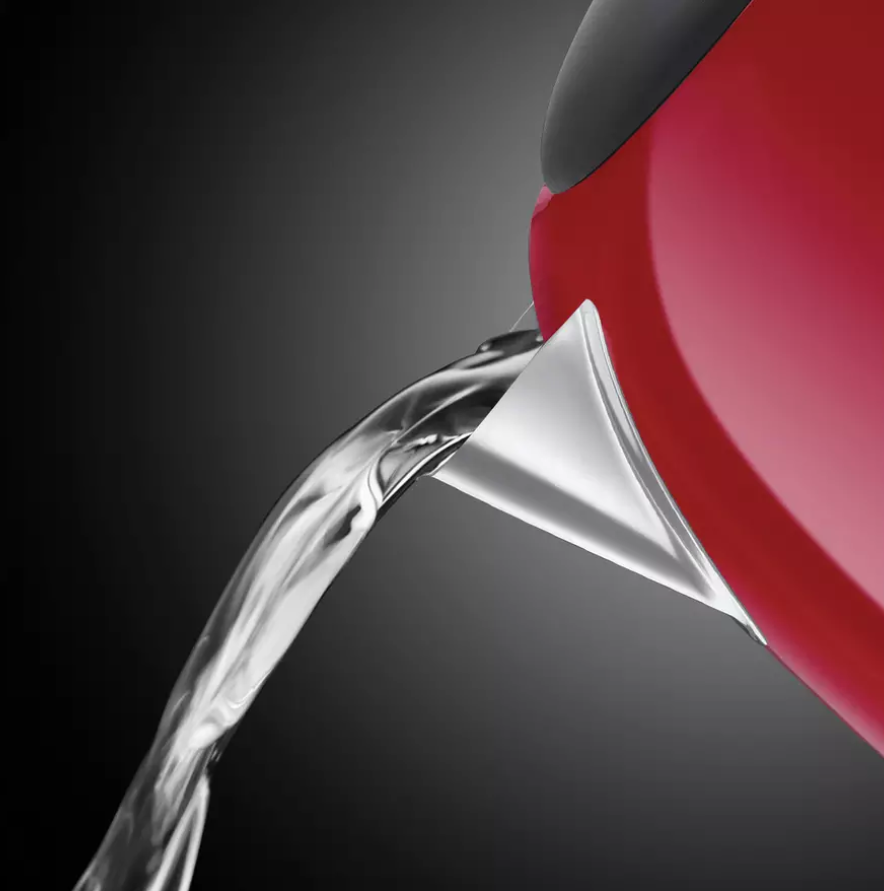
A survey by Wren Kitchens in 2021 found that 11% of Brits have never cleaned or descaled their kettle. If appliances that use water, such as kettles, aren’t cleaned then this can lead to a build-up of limescale. Many of us will be aware of the existence of limescale, but what is it and what is its significance?
Limescale is a chalky substance made of mainly calcium and magnesium is created through hard water. Hard water is created as a result of the different minerals water may pick up when filtering through different rocks and when the water boils insoluble calcium carbonate forms which is what we know as limescale. The appearance and mass of limescale can depend on the water content in your area, especially the hardness of the water; it can range from a grey colour to a red colour. It is known to build up inside appliances that use water, such as kettles and irons and is relatively easy to identify as you may notice small, chalky debris when pouring from an appliance or can be seen in the water tank.
The build-up of lime scale can affect appliances in different ways. Appliances that we use to help prepare drinks and food, such as kettles and coffee machines, are most noticeably affected in the way it can alter taste. For example, if a kettle has a build-up of limescale then this is likely to escape through the filter and give the water a bitter taste. Whilst it is not necessarily harmful to drink, the taste can be unpleasant.
Limescale can also prevent appliances from heating effectively. This is because the lime scale will usually build up as a layer which covers the heating element on the base. For kettles, this can result in an inadequate boil. For steaming appliances, such as irons, this can affect the functionality completely as it may not be able to effectively produce steam. If not descaled regularly, the problems with heating may be worsened and irreversible.
The best place to start with descaling is with the filter if applicable. Most kettles will have a removable filter in the spout to prevent any limescale from pouring out with the water. If this hasn’t been cleaned or there is a build-up, the limescale may break down into smaller pieces and go through the filter. Depending on the design, the filters usually slide out of the spout and can be cleaned by running under warm water and gently brushing with a soft brush to remove any debris.
Shop-bought descaler can be used for most appliances, but always check the instruction manual for this information. Descaler breaks down the limescale and allows it to be poured away. The general process for descaling is carried out by adding water and a descaler to the appliance, setting to boil or steam, and pouring the water out. This process can be repeated as necessary to remove the limescale. In the same way, vinegar can be added as an alternative to water as a descaler. Once descaled, this process can repeated with only water to remove any lingering or excess descaling solution.
Some devices, such as steam generator irons, may also have an inbuilt cleaning and descaler feature. This means that the mechanics of the appliance will internally descale itself. Always check if this is a function in the user manual as, if it has this function, you may be required to take slightly different steps if a build-up of limescale is persistent.
Overall, it is important to know what limescale is and how to remove it from our appliances, particularly if you live in an area of hard water. By descaling devices, we are able to prolong their life and effectively maintain.